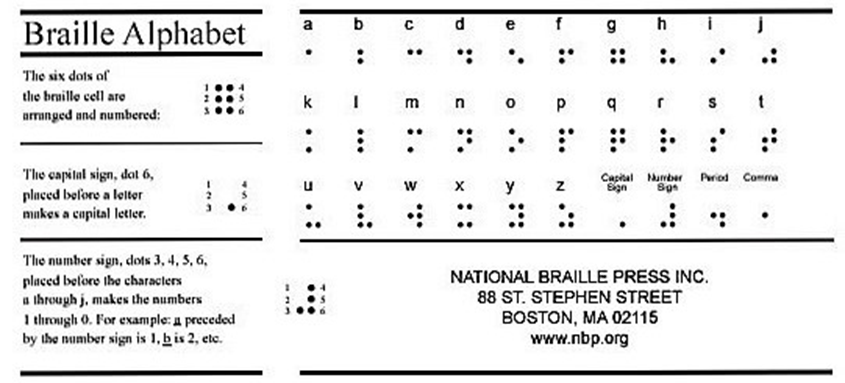Editor’s note: January 4 is designated International World Braille Day, recognizing Louis Braille, born in 1809. Braille was the creator of the braille code, which revolutionized reading and writing for people who are blind or low vision throughout the world. Over the past 200-plus years, many tools have been developed to help people learn to read and write braille. Read the following review of a new tool.
VisionAware Peer Advisor Steve Kelley briefly looks at a new device for self-paced braille learning. The Braille Tutor device is available in multiple languages and is affordable and easy to use.
Designed for Self-Paced Braille Learning
According to the World Health Organization (WHO), 90% of individuals experiencing blindness or low vision cannot read. This data motivated the engineers at Sezual, in Kazakhstan, to design the Braille Tutoring Device, as noted in a press release in the Astana Times. This device is intended to provide an independent, self-paced training experience with braille. Sezual developed this handheld electronic training device and secured funding to create 40 prototypes distributed to a local school for testing. With the device, students could learn the braille alphabet within two months.
Description of the Device
Images of the device indicate it has 64 keys arranged in groups for teaching the alphabet and numbers. The top edge has a power switch, USB port, and speaker/earbud jack. This training device is not an editor, so it is not designed for writing or reading documents. Nurbek indicated the company is now working on a new device allowing students to write documents. One of the primary goals for this initial training device was to keep it both simple to use and affordable.
 Braille Alphabet Card
Braille Alphabet Card
Sezual CEO Nurbek Yensebayev, the Braille Tutoring Device, says the device is available in several languages: Russian, Kazakh, English, Chinese, and Arabic. These devices are simple to use and do not require a connection to the internet. Students press the various braille characters on the device, and each is verbally described electronically.
Device Provided to Local Schools Through Corporate Funders
In the two years since the development of the Braille Tutoring Device, Sezual engaged several corporate funding partners enabling the company to provide these devices, in four languages, to local schools. One TVI describes her experience with students in the classroom using the Braille Tutoring Device and explains that it removes some of the confusion young students may experience when first introduced to braille dots.
In addition to the project Nurbek mentioned for writing and saving braille, Sezual developed a Bio Locator based on echolocation. The Bio Locator emits high-frequency sound waves that are reported to help trained users navigate obstacles while moving about, as cited in a recent Disability Insider article.
To learn more about braille, take the OIB-TAC course: Braille: What It Is, and Why It Is Important. The course is available on the OIB-TAC Continuing Education page. It is available for 1 hour of CRC, ACVREP, and NBPCB credit.